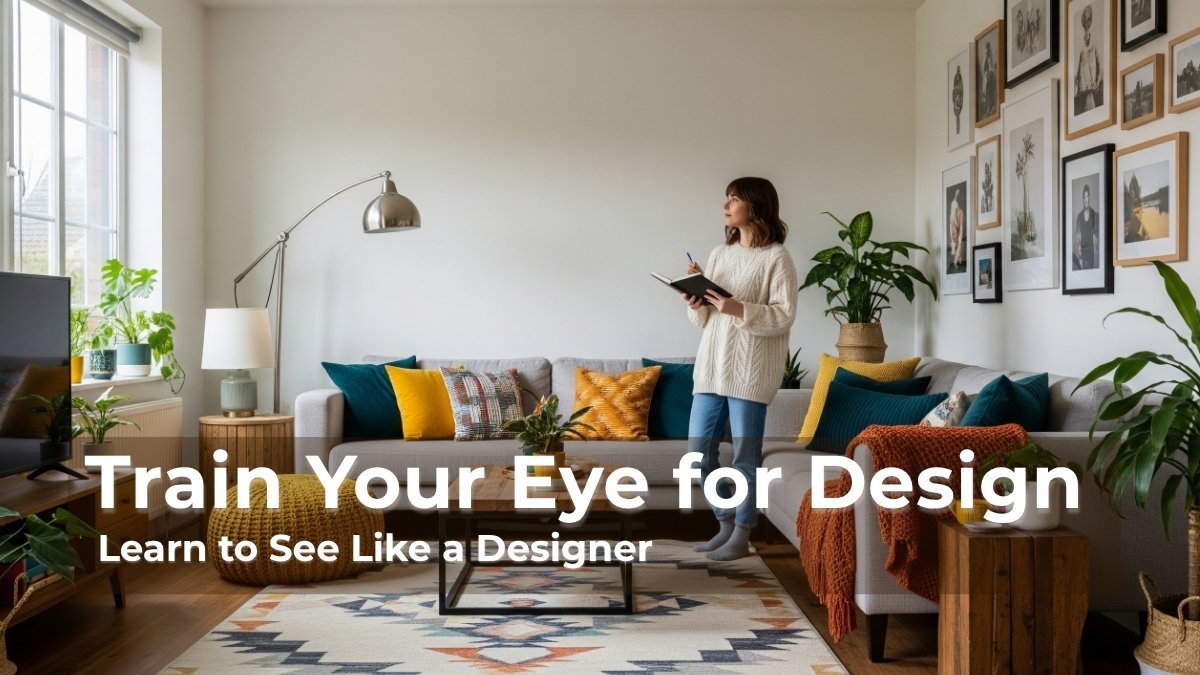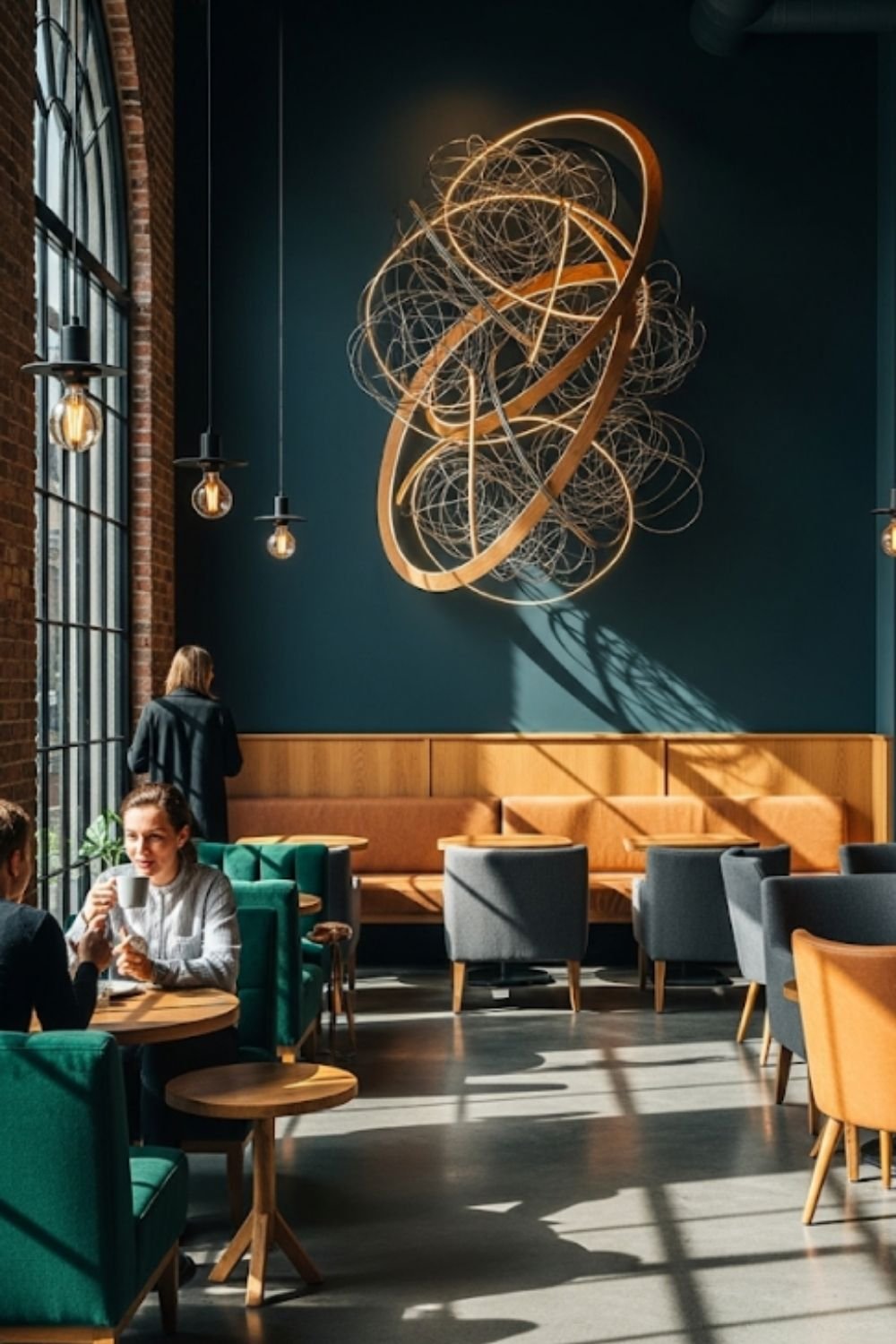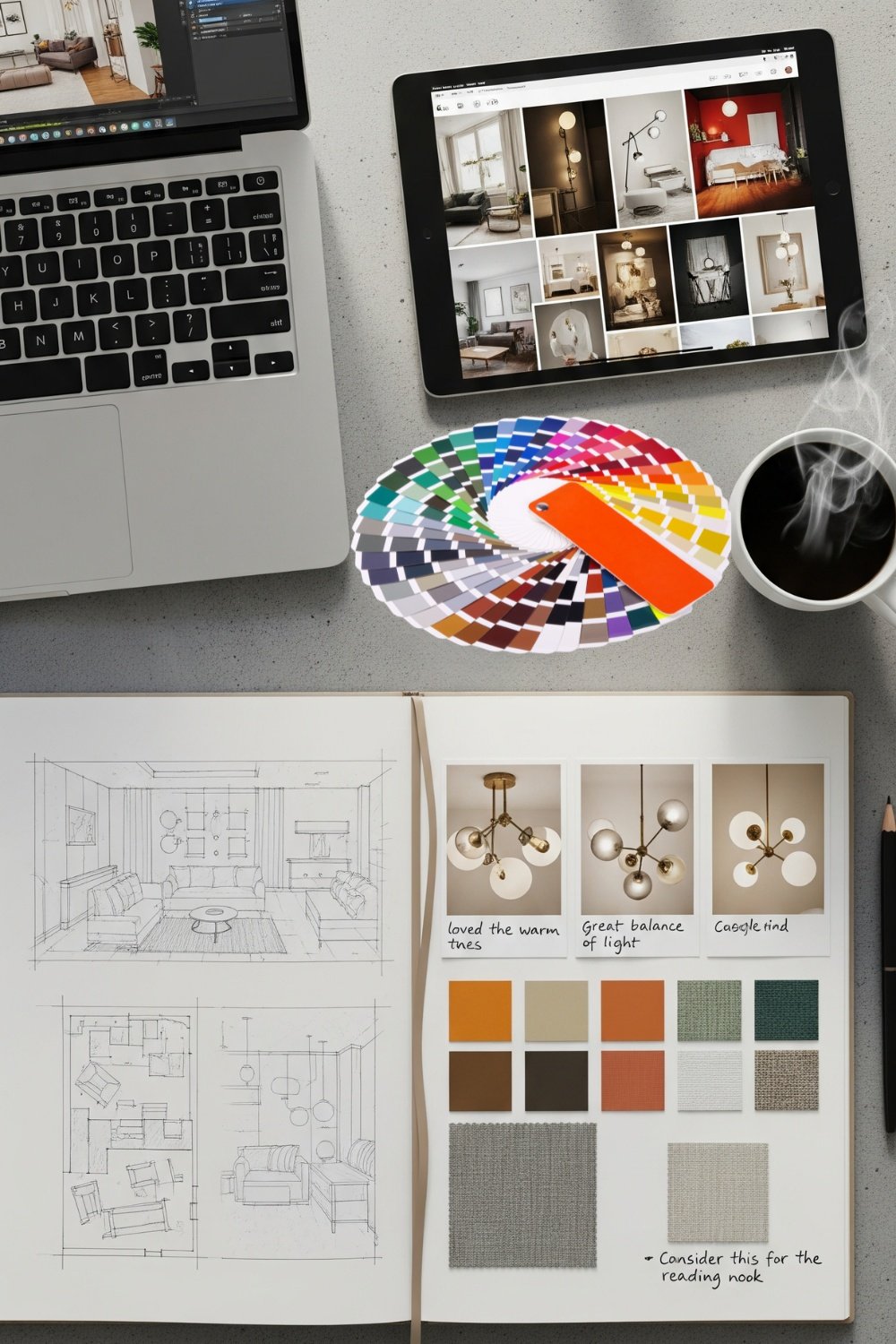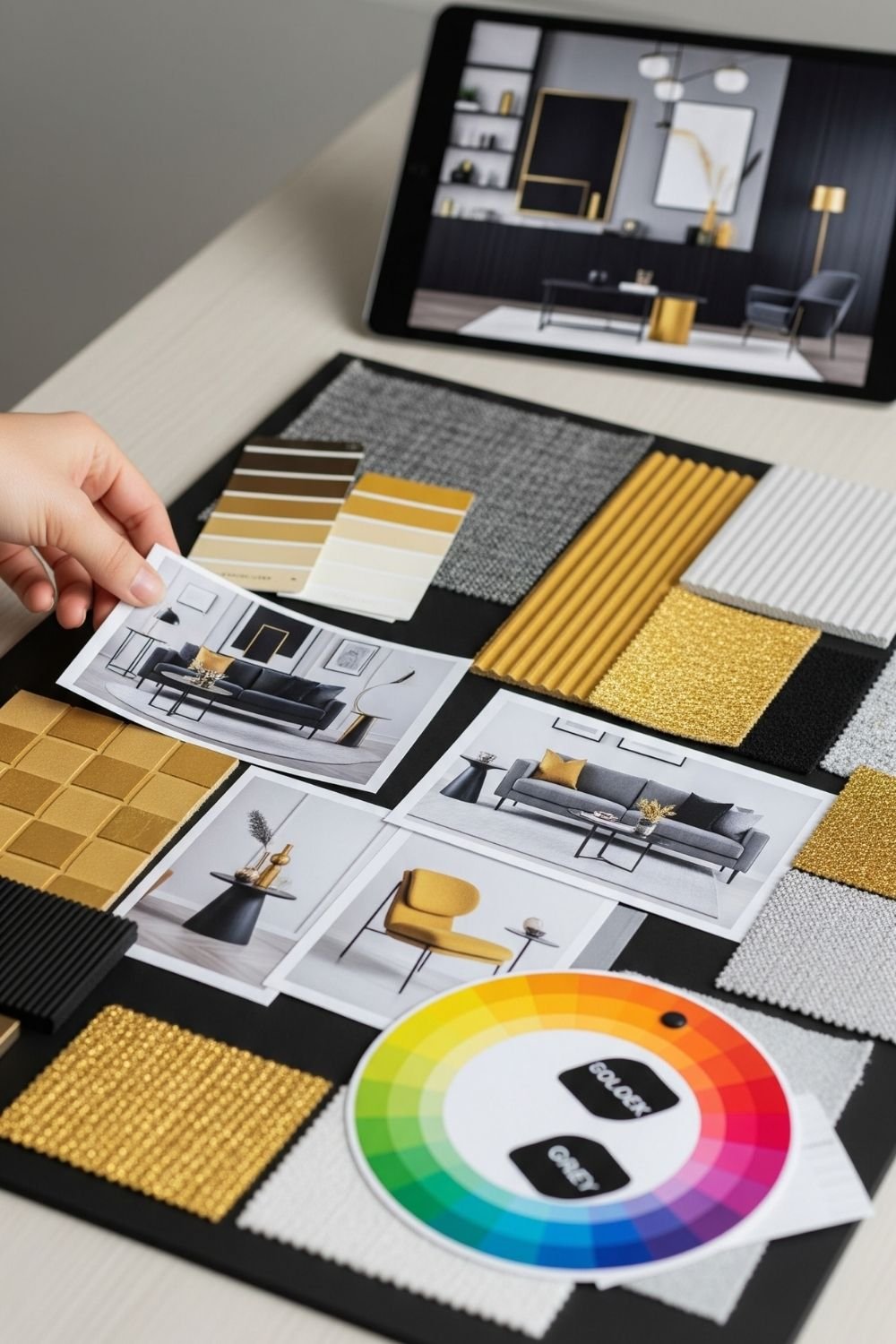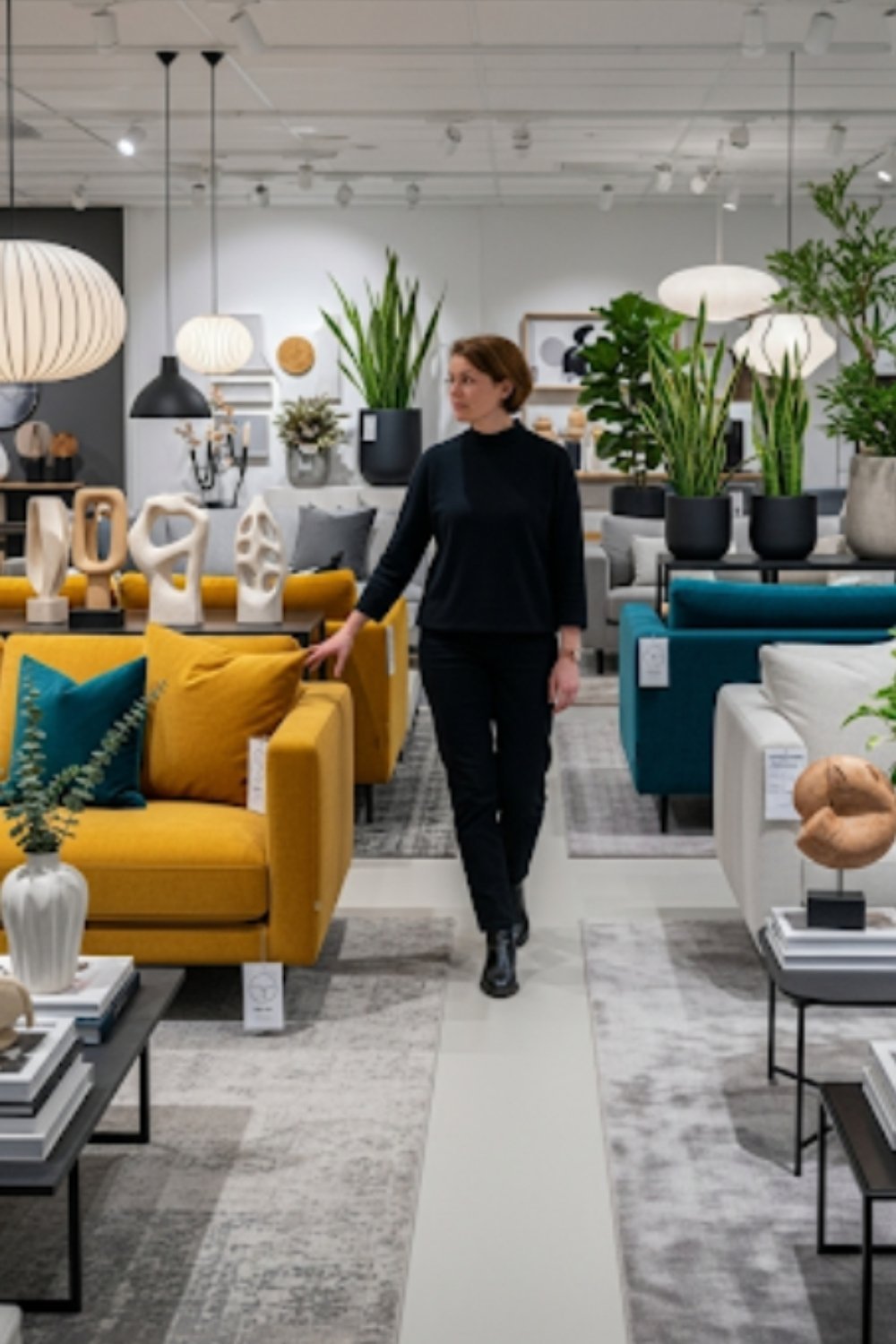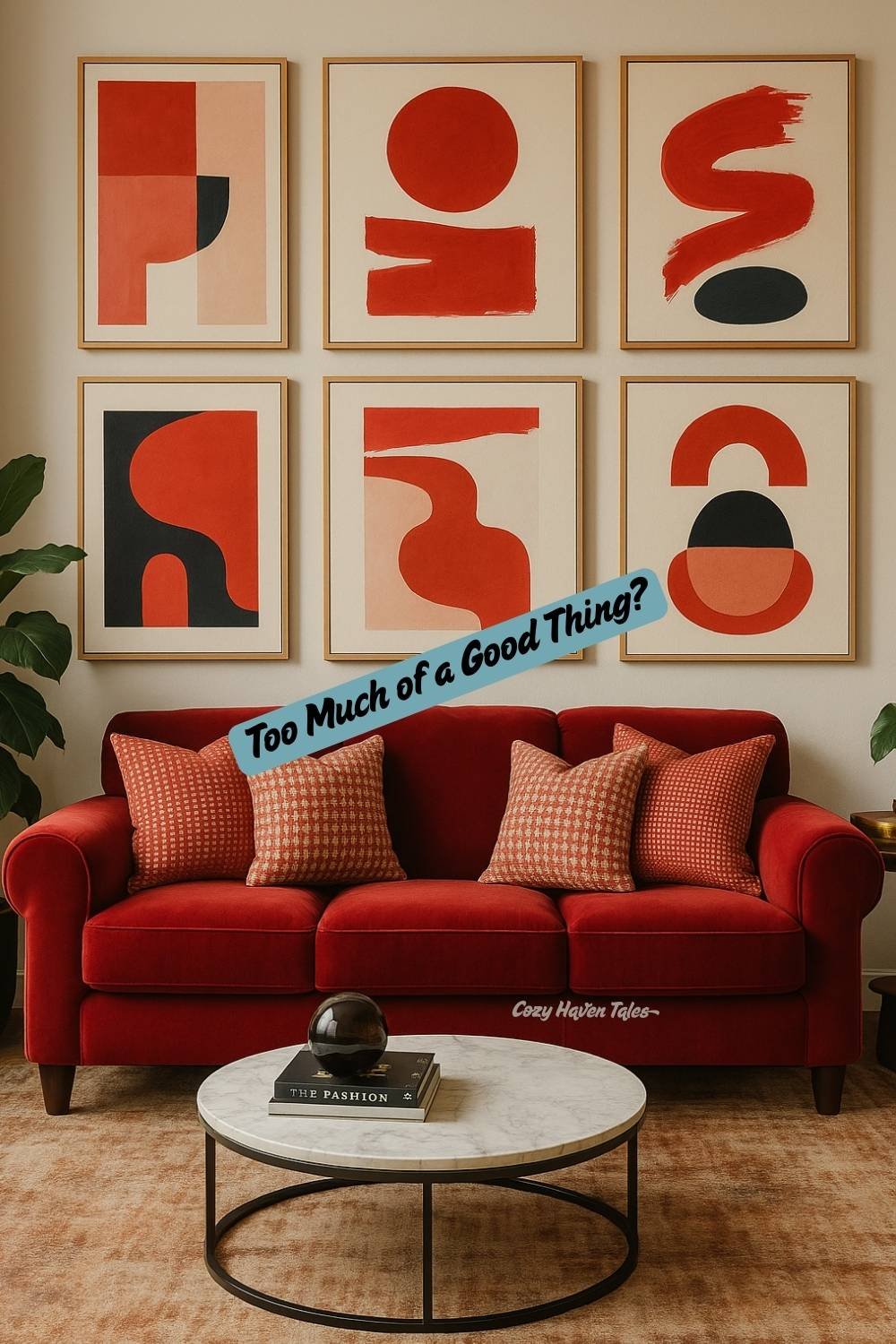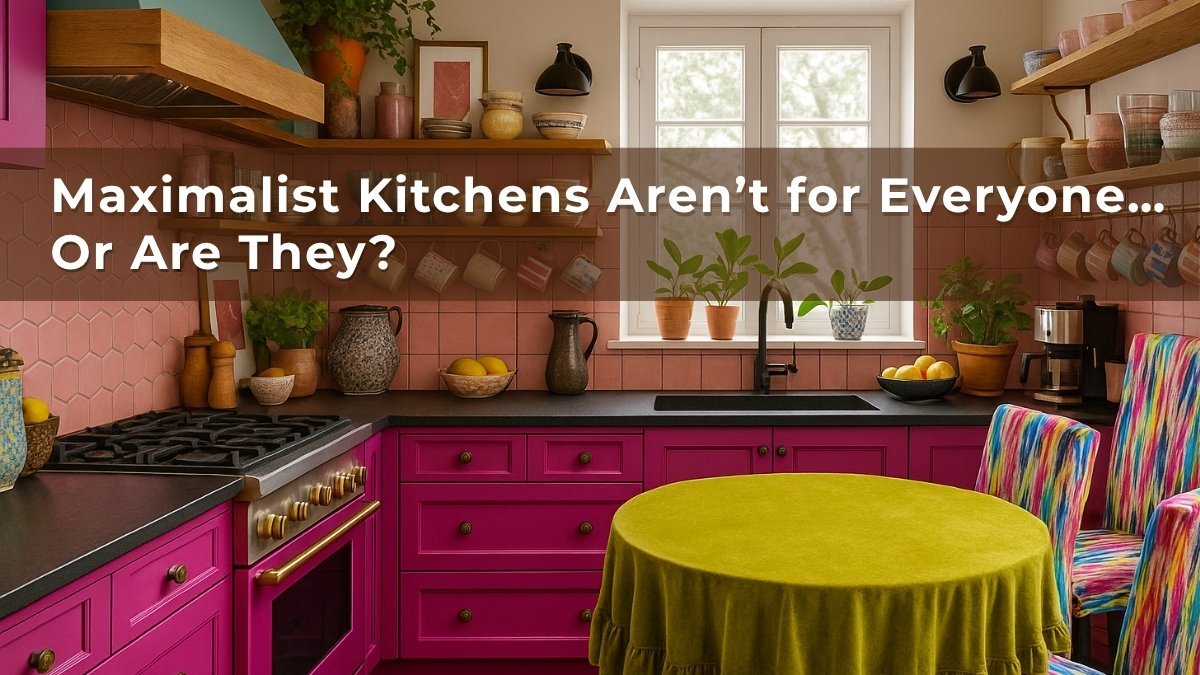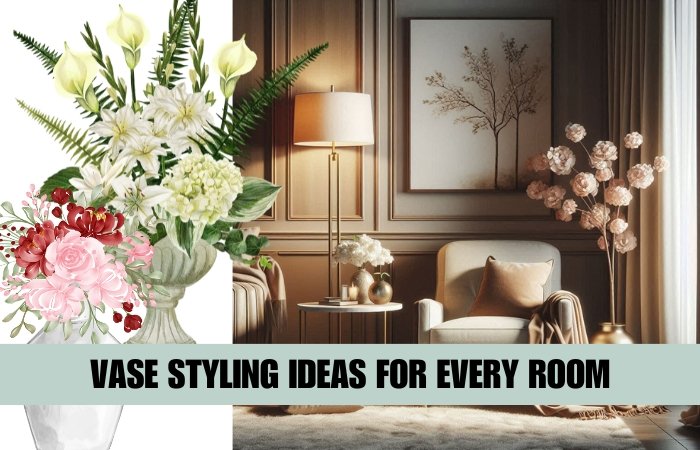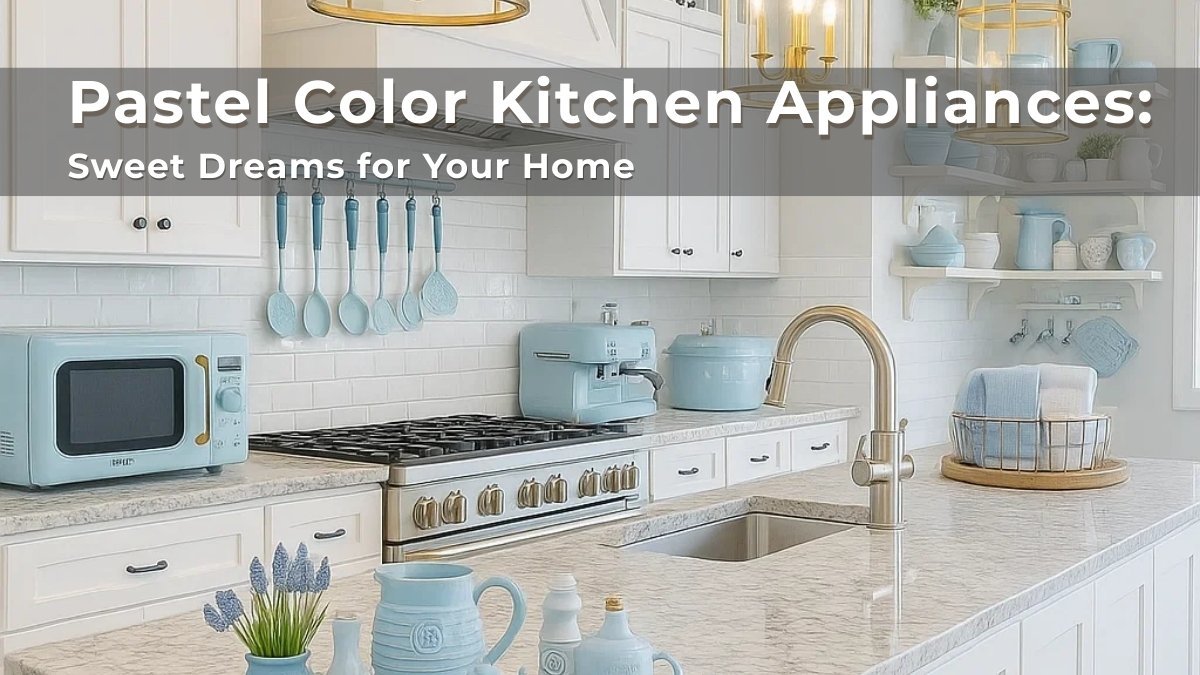When you’re just starting out in interior design, one of the most important (yet overlooked) skills is training your eye. You might have a natural sense of style, but turning that into consistent, professional-level design requires observation, curiosity, and practice. The good news? You don’t need fancy tools or a design degree to get started—you just need to look at the world a little differently.
Here’s how you can train your designer’s eye, step by step.
Related Articles-
- 7 Visual Examples of Elements of Design in Interior Design
- Principles of Interior Design to Make a Room Feel Just Right
- Escape Chaos: How to find Your Personal Design Style
1. Start Noticing, Not Just Looking
Every room tells a story—but are you paying attention to it?
Next time you’re in a café, hotel lobby, or even your friend’s house, ask yourself:
- What’s the color palette?
- Where is the focal point?
- Is the lighting warm or cool?
- How are different textures combined?
Turning this into a daily habit helps sharpen your observational skills.
2. Study Great Interiors (But Don’t Copy Blindly)
Explore Pinterest, Instagram, magazines, and design books.
Save images you love, but go a step further—analyze them.
Ask:
- Why does this space feel calm/bold/elegant?
- What makes this room look well-balanced?
- Are the lines soft and organic or sharp and structured?
Break each image down using the 7 elements and principles of design.
3. Create a “Design Notebook”
It could be digital (a Pinterest board or Google Drive folder) or physical (a sketchbook or binder).
Use it to:
- Save design ideas
- Write quick notes about what you liked and why
- Sketch layouts or furniture combinations
This becomes your personal library of design references—and your thinking will grow along with it.
4. Practice With Mood Boards
Even if you’re not designing for a real client, create mood boards for pretend ones.
Pick a theme, a color palette, or a fictional character, and design a room around them.
This helps you:
- Train your sense of color and texture
- Learn how to combine patterns
- Play with scale and proportion in a low-stakes way
5. Visit Showrooms, Design Fairs, and Styled Homes
Seeing things in real life is a whole different experience from scrolling online.
Notice how materials feel, how colors shift in lighting, and how furniture is scaled in context.
Take photos (if allowed), ask questions, and stay curious.
6. Take Notes on What You Don’t Like, Too
It’s easy to focus on beautiful rooms—but analyzing bad or awkward designs teaches you just as much.
Ask:
- What’s not working here?
- Is it the furniture size? Poor lighting? Lack of flow?
This sharpens your instincts faster than just admiring perfect images.
Here’s a 3D interior that teaches a valuable lesson: even stunning elements like the red sofa and modern artwork can clash if scale, proportion, and flow aren’t thoughtfully considered.
🔍 What’s Gone Wrong in the Image
- Artwork-to-Sofa Proportion Imbalance
The artwork grid is visually overwhelming. The frames are large and dominate the wall space, creating a sense of heaviness above the sofa. The bold red-and-black abstract patterns also demand attention, which overpowers the relatively low and soft lines of the sofa. - Tight Spacing Between Frames
The spacing between the art pieces is too tight. It doesn’t give the eye enough breathing room, making the arrangement feel cluttered and visually tense. - Color Competition
The sofa and the artwork are fighting for attention due to the intense and nearly identical shades of red. There’s no visual rest or balance, which leads to sensory overload instead of harmony. - No Visual Anchoring or Hierarchy
All six artworks are of equal size and weight, offering no natural focal point or flow for the eye to follow.
Final Thoughts
Training your eye isn’t about developing a rigid taste. It’s about understanding why something works—and applying that insight to your own creations.
As a beginner, your taste will evolve. Don’t worry about having the perfect style. Just keep observing, experimenting, and asking questions. Over time, you’ll notice you’re not just seeing a room—you’re designing it in your mind.
